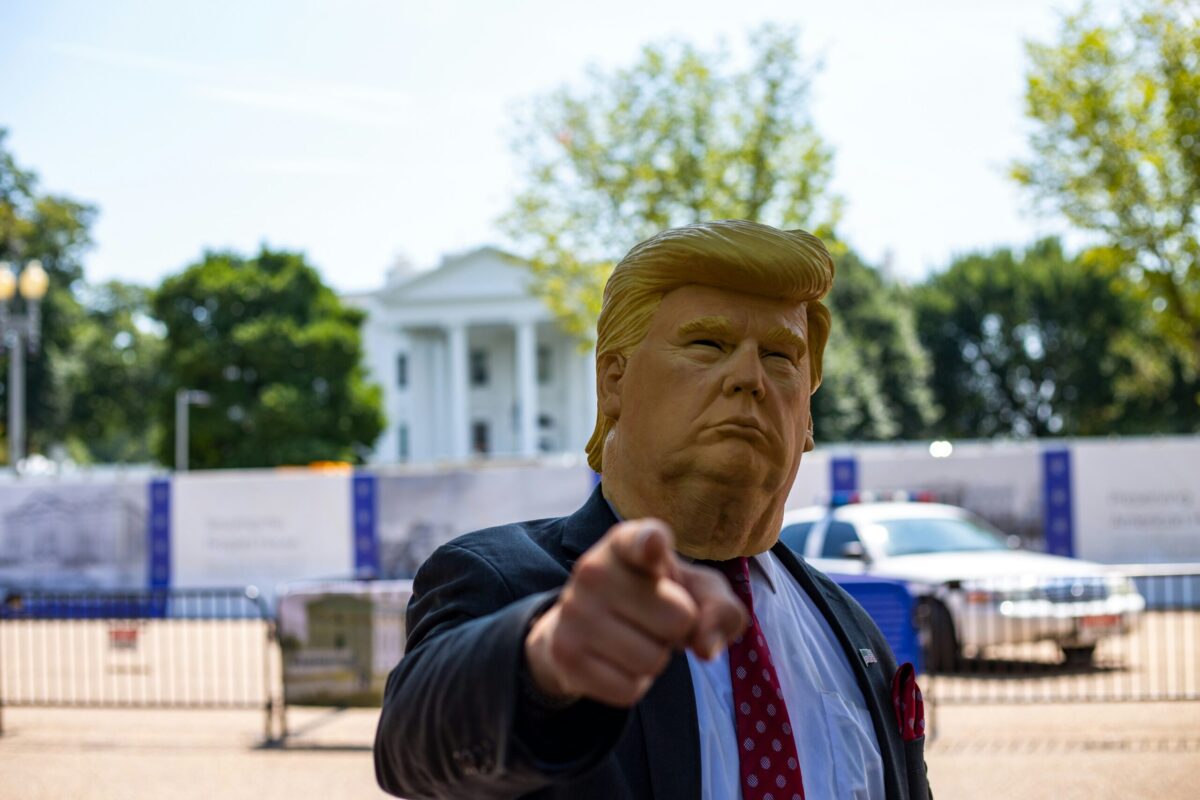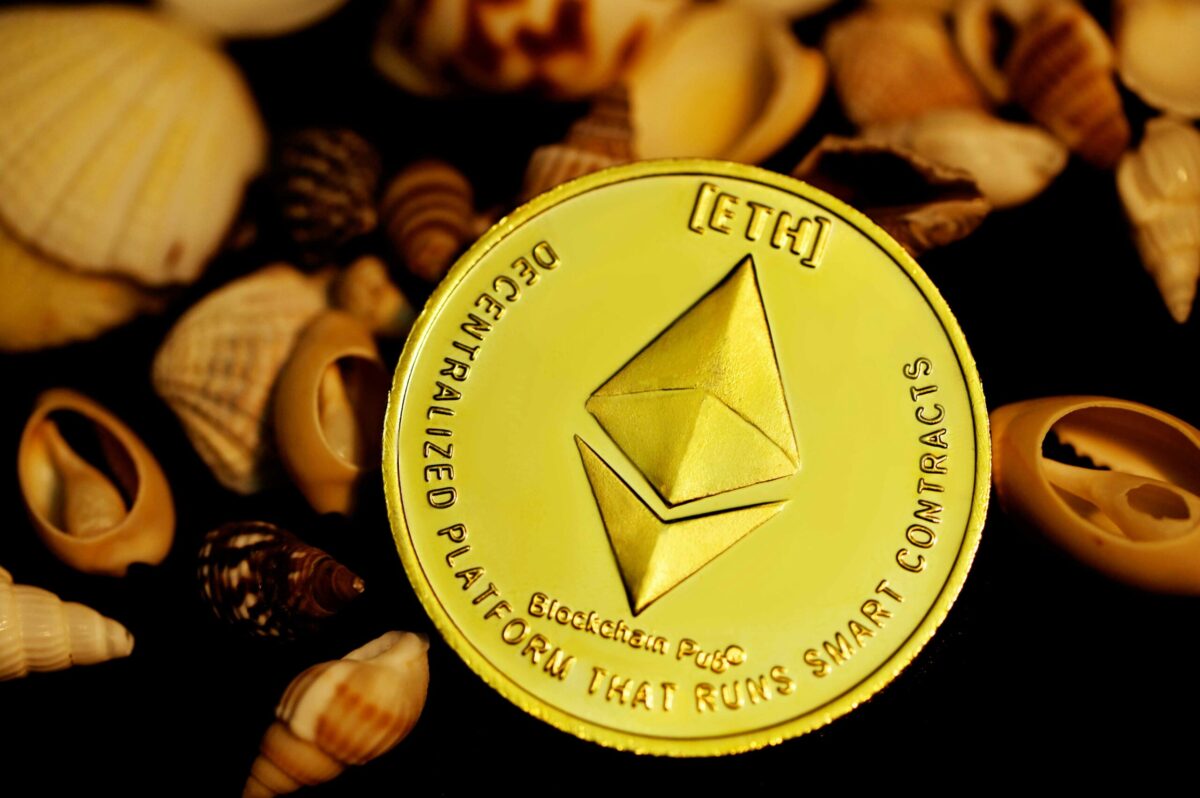The new year has been challenging for the NFT market, which saw a notable downturn into the third week of January, affecting numerous collections.
Amidst this widespread decline, former US president, Donald Trump’s Digital Trading Card Series 2 stood out, demonstrating exceptional resilience by achieving a 25% increase in its floor price.
This uptick occurred against the backdrop of a general market slump. Yet, the total sales of non-fungible tokens on the Polygon network, Trump’s collection being one of them, impressively surged by 70% over the month.
Analysts are pointing towards the buzz of the US election season and Trump’s active campaign efforts as key drivers behind this trend. Adding to the intrigue, Trump has introduced a Bitcoin Ordinal bonus, further fuelling the demand for his collection.
What’s in Trump’s NFT Collection?
Donald Trump’s foray into the NFT space has been nothing short of controversial, yet undeniably successful. His collection, particularly the “Mugshot Edition,” has garnered significant attention.
This series, launched on the Polygon network, offers buyers the option to pay with credit cards or Wrapped Ether (WETH). However, it comes with a catch – the trading of these NFTs is restricted until December 2024, a move aimed at curbing speculative trading.
The collection’s standout feature is the integration of Bitcoin Ordinals. It’s a novel feature on the Bitcoin blockchain, enabling the inscription of unique digital artefacts, such as images or texts, directly onto individual satoshis, the smallest units of Bitcoin.
This innovation transforms these satoshis into distinguishable, collectible items, effectively introducing the concept of NFTs to Bitcoin.
Fuelling the demand
Buyers acquiring 100 or more Mugshot editions are rewarded with an exclusive “One-of-One” trading card as a Bitcoin Ordinal.
This limited offer, capped at 200 unique Ordinals, requires a substantial investment, starting at $9,900, showcasing a blend of exclusivity and digital innovation.
This strategy is particularly effective in the context of the US election season, where candidates seek innovative ways to connect with voters and secure funding. Trump’s foray into NFTs, especially with the added allure of Bitcoin Ordinals, serves multiple purposes.
It taps into the growing interest in digital collectibles, engages a younger and more technologically inclined audience, and creates a unique fundraising stream that distinguishes his campaign from others.
Moreover, the timing of these initiatives is crucial. As election campaigns intensify, candidates are exploring new avenues to garner support and visibility. Trump’s NFT collection, buoyed by the excitement around Bitcoin Ordinals, positions him at the forefront of digital innovation in political campaigning.
This not only enhances his visibility within the crypto community but also sets a precedent for how political campaigns might integrate digital assets in the future.
The broader NFT market
Despite the buzz around Trump’s NFTs, the broader NFT market is navigating through turbulent waters. The trading volume has plummeted to $223 million, marking a 22.5% decrease from the previous week.
Yet, the silver lining is the growing number of collectors, with over 734,000 individuals recently purchasing NFTs, indicating a 34% increase in interest.
However, the market’s challenges are far from over. Collections based on Bitcoin Ordinals, Ethereum, and Solana have faced significant declines.
Notable collections like CryptoPunks and BAYC have witnessed around an 8% drop in their minimum price over the past two weeks. The prevalence of wash trading, particularly in Solana and Avalanche collections, has also raised concerns about the authenticity of trading volumes.
Wash trading refers to the manipulative practice where an investor simultaneously sells and buys the same asset to create misleading, artificial activity in the marketplace.
This tactic inflates trading volumes, giving the illusion of heightened demand and liquidity, which can mislead investors about the true market value and popularity of an asset.
By artificially inflating transaction volumes, sellers can create a false sense of enthusiasm and value around specific NFTs, potentially leading to inflated prices and misleading investors about the collection’s genuine market interest and stability.
While the NFT market has largely attempted to recover from its long decline in the fourth quarter of 2023, the recent downturn only suggests a return to its bearish phase.


